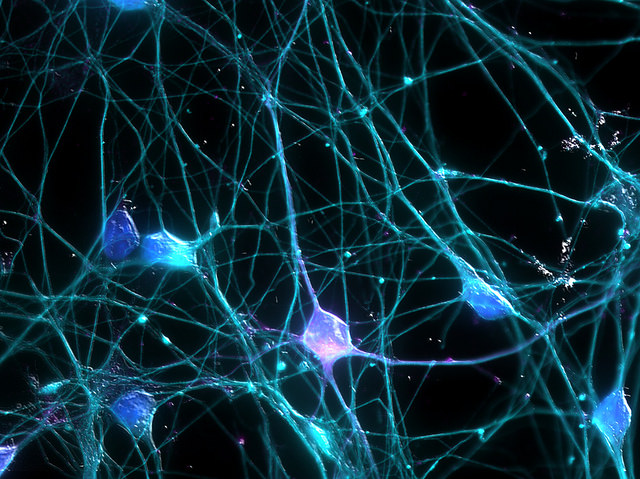Alzheimer’s disease is a genetic brain disorder that eventually leads to the destruction of brain cells. In the early stages of the disease, the brain’s synapses, or connections between brain cells, are destroyed. The current notion is that the elimination of these connections is what leads to memory loss in the early stages of Alzheimer’s disease. A new study from the University of California, Los Angeles, however, indicates that this idea may be incorrect.
Image Source: Callista Images
In their study, researchers studied the reflexes of Aplysia, a type of marine snail. In particular, they experimented with its defensive withdrawal reflex, which is used to protect its gill. They applied a series of small electrical shocks along its tail to improve the snail’s reflex, creating new synapses in the brain. The researchers studied the motor and sensory neurons that control this withdrawal reflex and used a protein synthesis inhibitor on the snail, which has the effect of slowing or stopping the growth of cells to erase the memory of the enhanced reflex. From their tests, they discovered that the synapses that were lost were not the new synapses that grew as a result of learning the improved reflex. This could indicate that the new memory is not stored in the recently formed synapses.
David Glanzman, the senior author of the study, stated that there was no obvious pattern in the loss of the synapses, which indicates that memory is not stored in the synapses but somewhere else. “We think it’s in the nucleus of the neurons. We haven’t proved that, though,” Glanzman said.
This research opens the intriguing possibility of recovering the memories of Alzheimer’s patients in the early stages of the disease. At first, Alzheimer’s attacks the synapses in the brain, the connections between cells, and only destroys the actual brain cells once the disease progresses further. If memories are not stored in the synapses, as is argued in this study, it may be possible for the memories to be recovered while the brain nerve cells are still alive.
Feature Image Source: Neurons by UCI Research










